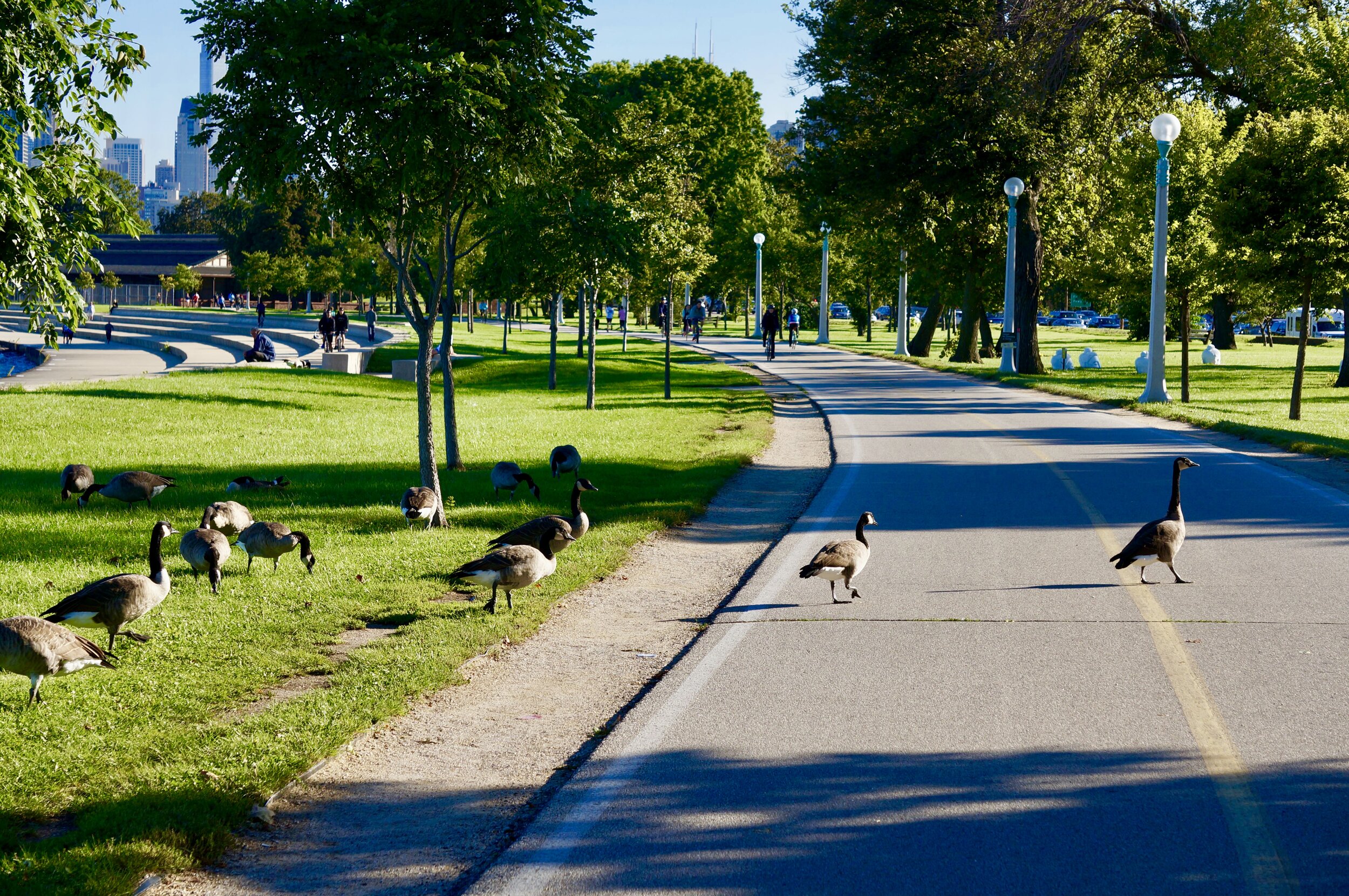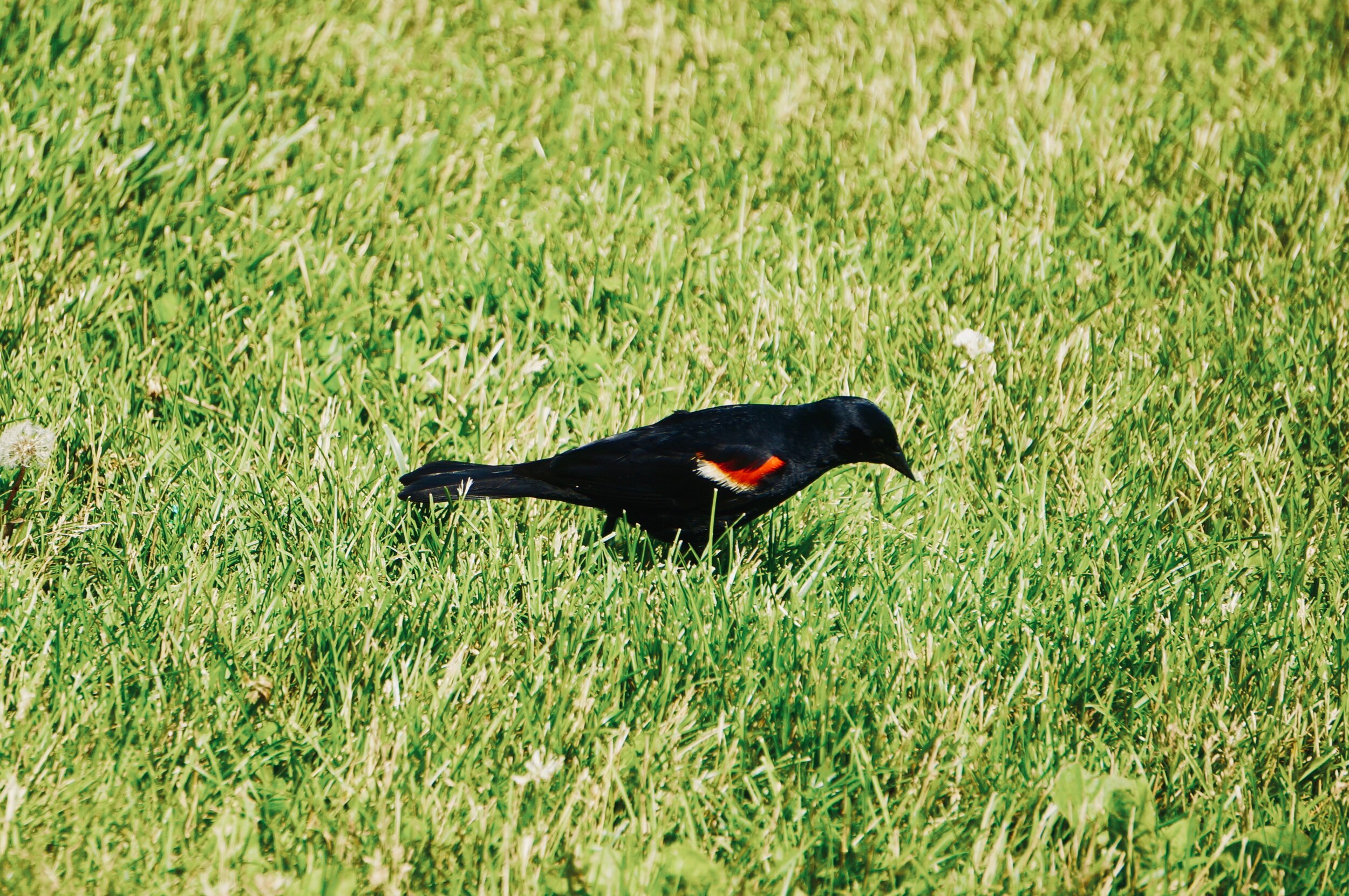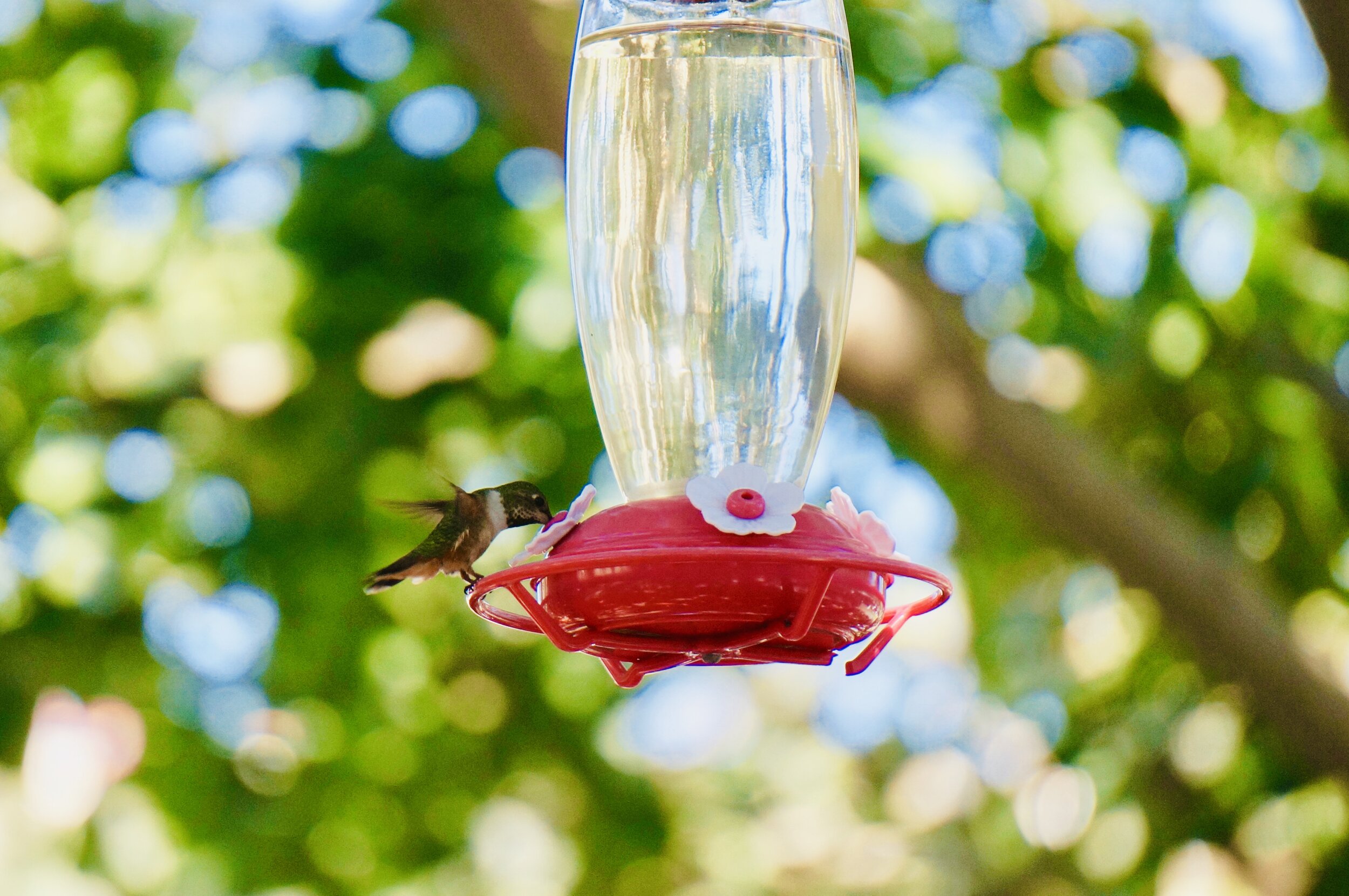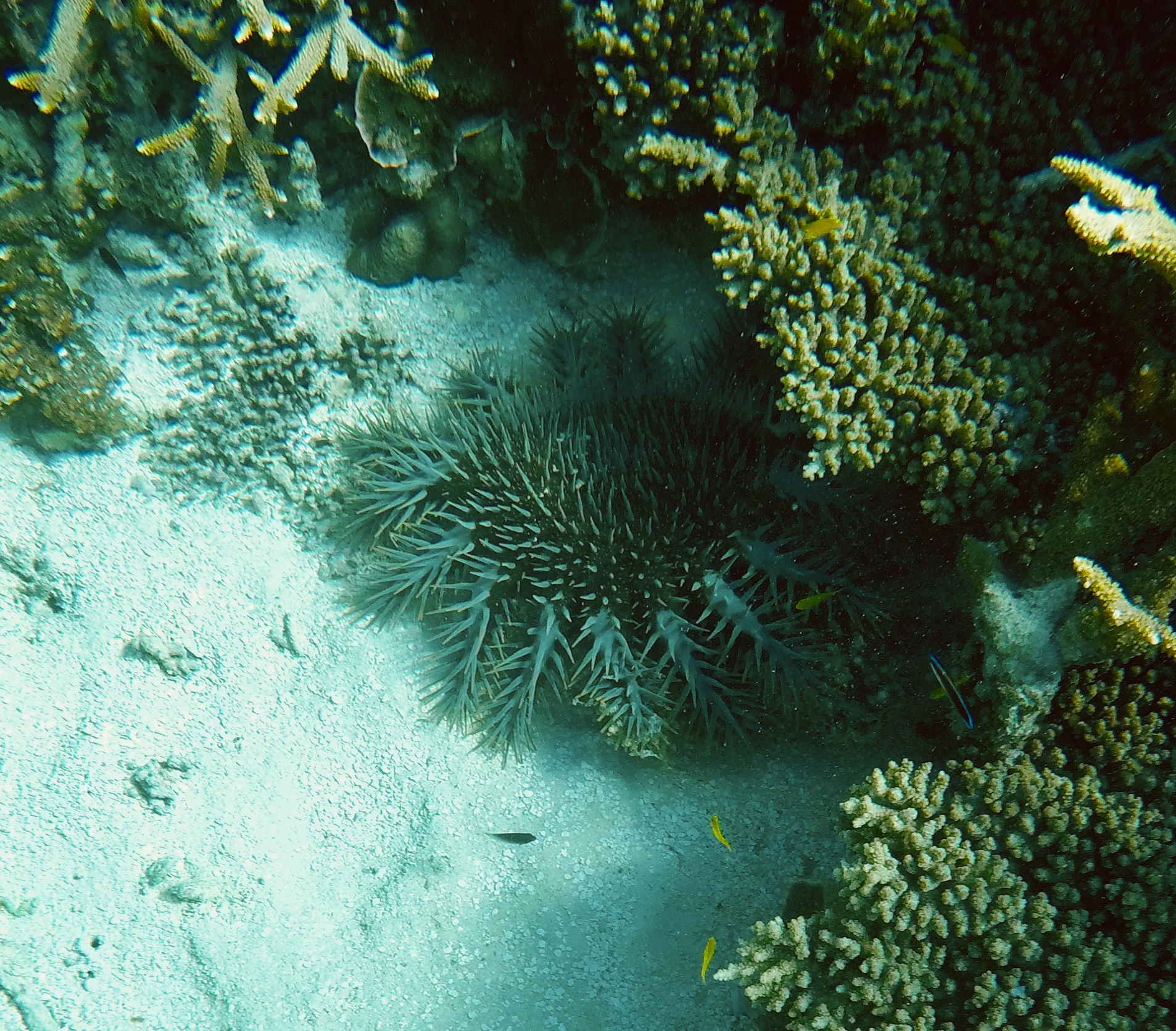The United States and Canada have lost over 3 billion birds in the last 50 years. What is causing the emptying of our skies?
A gaggle of Canadian geese marches across a bike path in Chicago, Illinois.
Over 50 years ago, environmental author Rachel Carson helped launch the environmental movement with her landmark book, Silent Spring. Concerned with the increasing use of pesticides in our everyday life, Carson predicted the negative environmental impacts from the spraying of potentially toxic chemicals. One of her key predictions was eradication of the bird population, resulting in eerily silent springs. Unfortunately, her premonitions were spot on.
This week, a study in the journal Science reported that bird abundance in North America has decreased 29 percent since 1970. To add some context, three billion less birds soar through our skies today than fifty years ago. According to the study, the amount of birds migrating through North America has similarly dropped in only the last 10 years. The disturbing disappearance of birds appears to be a canary in a coal mine for future ecological disaster if things do not drastically change.
A lone black-crowned night heron in Wilmette, Illinois.
So what caused this severe decrease in birds? The driving cause is habitat loss. The study estimates that forests alone have lost nearly one billion birds as they are cut down in the name of progress. Birds of the plains, like the greater sage grouse, have seen their populations cut in half. The use of pesticides is also a major factor, as it was in Carson’s day. Many birds act as natural pest controls and often eat consume the poison in their food. Certain pesticides, such as neonicotinoids, also decrease a bird’s ability to put on weight, something that is vital before long migrations.
A red-winged blackbird looks for food in Chicago. Keep a look out for these guys when on a run or a bike ride in a forested area—they are very aggressive during nesting season and will swoop down to scare people that venture too close.
The deeper you dig into the results of the study, the more dire the situation seems. The study analyzed the populations of 529 bird species through the use of radar images and the largest collection of long-term-monitoring surveys ever used for one wildlife study. Surprisingly, the birds we see at our bird feeders everyday, like sparrows, warblers, blackbirds and finches, were hit the hardest. The population of white-throated sparrows declined by 90 million while the population of red-winged blackbirds declined by 92 million. Two out of every five Baltimore oriole has disappeared since 1970.
A hummingbird feeds at a feeder in Los Angeles, California.
Interestingly, some groups of birds have increased their populations in the last 50 years. Hawks and other raptors have tripled their populations, thanks to the ban of harmful pesticide DDT that would often work its way into the raptors body from their prey. The pesticide contributed to incredibly thin egg shells and almost resulted in the extinction of raptors last century. The other big winners over the last 50 years are waterfowl who have experienced a 50 percent increase over the period studied. The biggest reason why their populations have grown are initiatives for the preservation of wetlands, highlighted by a federal no-net-loss wetlands policy.
Ducks and other waterfowls are one of the only groups of birds that have experienced an increase in population size thanks to renewed efforts to preserve wetlands. Picture taken in Easton, Maryland.
But the overall results of this study are incredibly negative, especially when combined with the dramatic drop in the United State’s amphibian population. A similar study, published in 2013, found that the country’s populations of frogs, toads and salamanders was decreasing 3.7 percent each year on average. Alarmingly they could be erased from half of their habitats in as little as 20 years. The combination of the loss of amphibians and birds point to an ecological crisis that is taking place across our continent right now.
But there is still time to act as 70 percent of the continent’s birds are still around, but measures must be taken immediately to protect them. Habitat will need to be protected as greater care is taken in building design to prevent the 100 million birds that die from flying into windows each year. Simply using patterned glass and turning off the lights at night go a long way in making a building less dangerous to migrating birds. Carson was also extremely prophetic in predicting that pesticides could one day silence the world’s springs. Banning the use of harmful chemicals will go a long way to preventing further eradication of majestic bird populations who soar through our skies.
A Cooper’s hawk perched on shingles in Wilmette, Illinois. Cooper’s hawks kill other birds by grabbing them with their sharp talons and repeatedly squeezing its feet.
All photographs by Jack Tamisiea
Sources:
https://science.sciencemag.org/content/early/2019/09/18/science.aaw1313
https://www.nytimes.com/2019/09/19/science/bird-populations-america-canada.html
http://news.cornell.edu/stories/2019/09/nearly-30-birds-us-canada-have-vanished-1970
https://www.rachelcarson.org/SilentSpring.aspx
https://blogs.scientificamerican.com/extinction-countdown/amphibians-declining-alarming/





































































